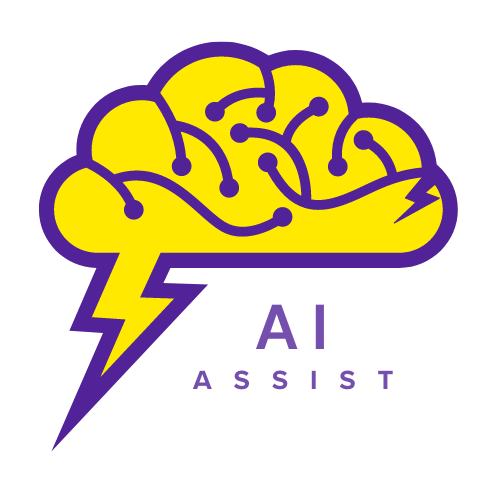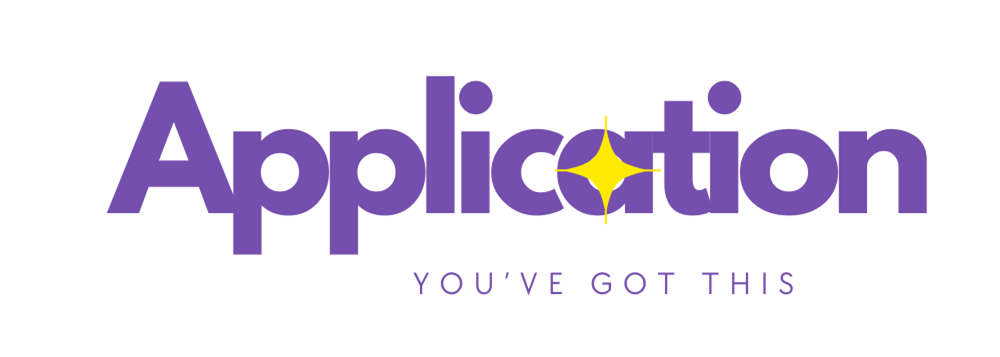SoTL Foundations: Research Question
SoTL Foundations: The Research Question
Introduction
In the course of teaching, we often develop questions about our students, classroom, or our own teaching. This curiosity about the world around us is no doubt the reason we became teachers. Although we may have questions about teaching and learning, we need to learn how to ask the right questions to find the answers to what we truly want to know. This lesson is designed to help you ask the right question in a way that can be answered through research.
A well-formulated research question is fundamental to the scholarship of teaching and learning (SoTL). It guides the direction of your study, influences the methodology, and helps derive meaningful and actionable insights. In the context of classroom research, a feasible research question is one that can be addressed within the constraints of your teaching environment, resources, and timeframe. Developing a clear, focused research question is the first step toward conducting impactful educational research.
Background
The purposes of SoTL research are varied, including enhancing university teaching, being able to teach more knowledgeably, assessing teaching approaches, and enhancing the learning experience for students (Trigwell, 2013). One must understand the phenomenon to be studied well enough to ask thoughtful questions to accomplish these purposes. Asking what is known about the topic, what has been studied recently, and what are the gaps in current research are all good places to start. From this foundation of informed curiosity, one can begin to formulate a research question.
Research by Hutchings (2000), that is also supported by Barroga and Matanguihan (2022), emphasizes that a good research question should be significant, clear, and researchable. These criteria help ensure that the research conducted is meaningful, comprehensible, and feasible within the given context.
Significance
Significance ensures that the question addresses an important issue in teaching and learning. A significant research question tackles a problem or gap in knowledge that, if addressed, could lead to substantial improvements in educational practice or understanding. For example, a question such as, "How does integrating technology in the classroom affect student engagement and learning outcomes in undergraduate science courses?" is significant because it addresses the growing importance of technology in education and its potential impact on student learning. This question will likely resonate with educators and policymakers interested in the effective use of technology to enhance learning.
Another example might be, "What are the effects of video-based feedback on the academic achievement of online students in graduate education programs?" This question is significant because it addresses issues of technology use and student engagement in higher education, which are critical for determining effective feedback approaches.
Clarity
Clarity involves the articulation of the question in a way that is understandable and unambiguous. A clear research question is precise and specific, leaving little room for interpretation or confusion. For example, instead of asking, "What is the effect of assessment on students?" a clearer question would be, "How does the use of formative assessments impact student motivation and performance in undergraduate algebra courses?" This refined question specifies the type of assessment (formative), the student population (undergraduate algebra students), and the outcomes of interest (motivation and performance).
Clarity is crucial because it guides the research design and methodology. A clear question helps in identifying the variables to be measured and the methods to be used. For example, a question like, "What are the impacts of peer teaching on student learning in undergraduate chemistry courses?" is clear because it specifies the teaching method (peer teaching), the educational level (undergraduate), and the subject area (chemistry).
Researchability
Researchability refers to the feasibility of addressing the question through systematic inquiry. A researchable question can be answered within the constraints of available resources, time, and the researcher's expertise. For instance, a question like, "How do weekly quizzes influence student retention of material in an introductory psychology course?" is researchable because it involves a specific and manageable intervention (weekly quizzes) and measurable outcomes (student retention of material). This question can be addressed through classroom experiments or observational studies over a semester.
Another example is, "What strategies do graduate teaching assistants use to differentiate instruction for students with diverse learning needs in graduate-level seminars?" This question is researchable because it focuses on observable and describable strategies used by teaching assistants, which can be studied through interviews, classroom observations, and surveys.
By adhering to these principles, faculty can design research questions that not only contribute to the academic community but also have practical implications for their own teaching practices. Developing significant, clear, and researchable questions is essential for conducting meaningful and impactful SoTL research.
Below there are several options to help you create your own research question. Please take a look to determine which format will work best for you. The "Checklist" is a guide in list form to help you move step by step. The "Application" is instructions in paragraph form. "AI Assist" guides you through prompts so that you can create a research question in AI. The "Worksheet" guides you through traditional and AI assisted prompts to help fill in your research question. If you need more resources, please view "Related Resources" or contact CIRT at [email protected].
---------- Grouped Links ---------
numOfValidGroupedLinks: 6
SoTL Helper (AI - POE external): https://poe.com/SoTLCIRTBOT49
Purple File: https://cirt.gcu.edu/research/develop/purple
Research Consultation: https://cirt.gcu.edu/research/support/consultation
THINK: https://cirt.gcu.edu/research/support/clubs
Generative AI and the RQ: https://cirt.gcu.edu/research/develop/research_ready/sotlai/rq
Research Bites RQ: https://cirt.gcu.edu/research/develop/bites/question
----------------------------------
-------------- Links -------------
numOfValidLinks: 0
----------------------------------
Related Resources
this.updated: True
links.count: 0
obj.hasPermission(enums.PermissionVerb.Edit): False
numOfValidLinks: 0
linksJSON.groups.count: 1
numOfValidGroupedLinks: 6
numOfValidGroupedLinks -> numOfLinksToDisplay: 6
numOfLinksToDisplay = 6
this.layout = 2
- TrueFalse(True || !True && False)https://poe.com/SoTLCIRTBOT492
- SoTL Helper (AI - POE external) TrueFalse(True || !True && False)https://cirt.gcu.edu/research/develop/purple2
- Purple File TrueFalse(True || !True && False)https://cirt.gcu.edu/research/support/consultation2
- Research Consultation TrueFalse(True || !True && False)https://cirt.gcu.edu/research/support/clubs2
- THINK TrueFalse(True || !True && False)https://cirt.gcu.edu/research/develop/research_ready/sotlai/rq2
- Generative AI and the RQ TrueFalse(True || !True && False)https://cirt.gcu.edu/research/develop/bites/question2
- Research Bites RQ
view = 2
numColumns = 2
lineBetween = 1
arrowStyle = 3
barStyle = 1
barColor = #470a68
results = 10
Next Level:
Page Options


.png)


